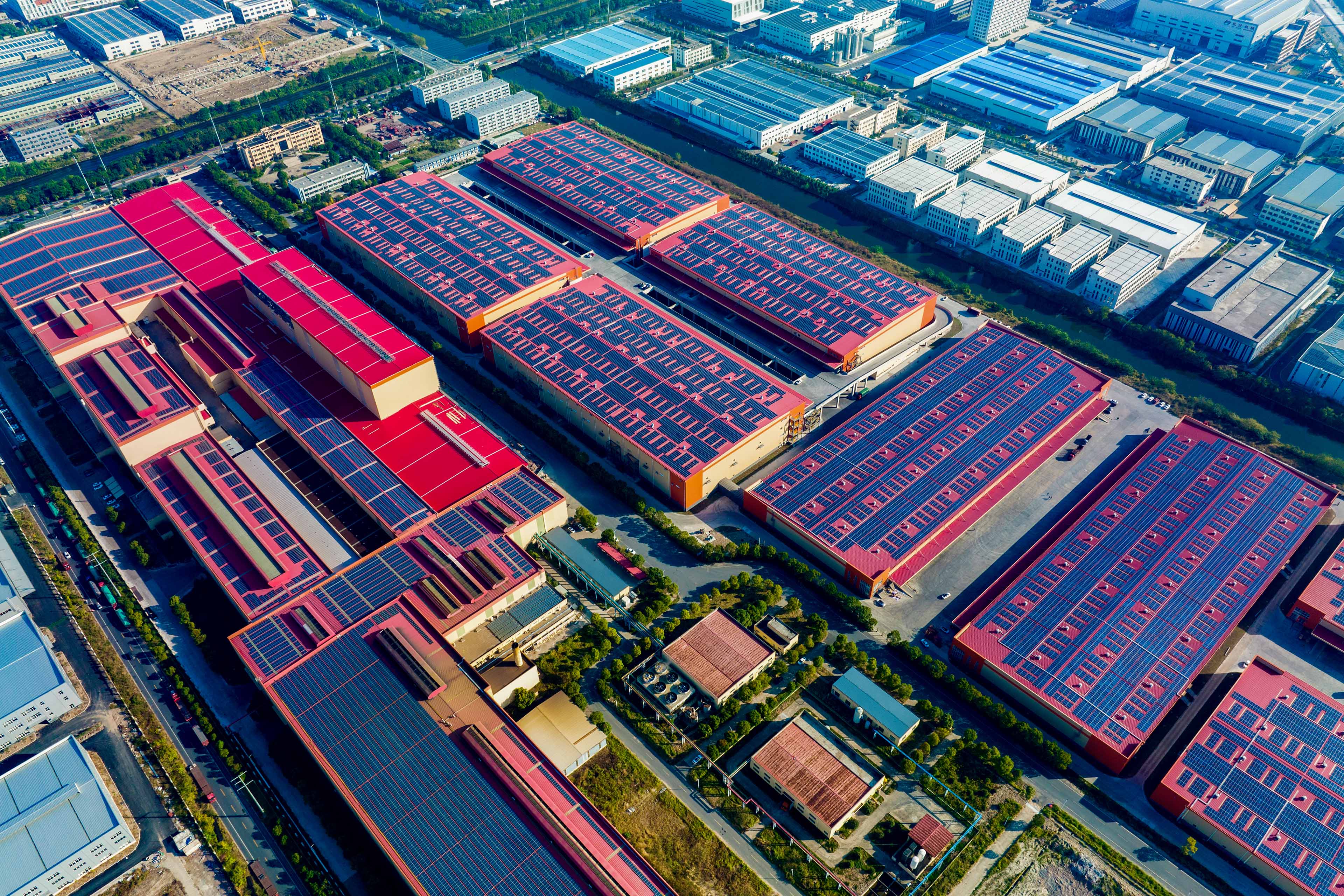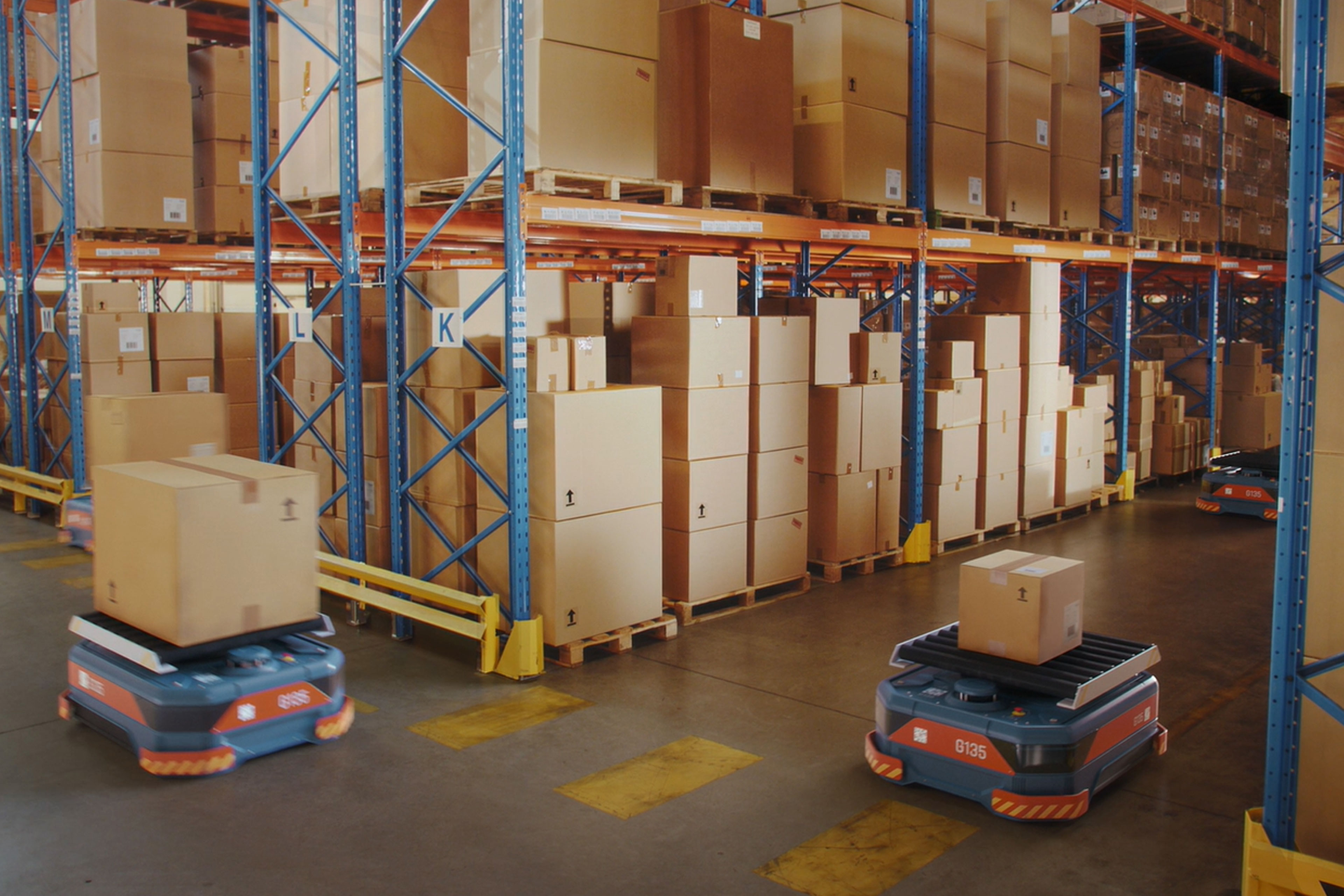EY refers to the global organization, and may refer to one or more, of the member firms of Ernst & Young Global Limited, each of which is a separate legal entity. Ernst & Young Global Limited, a UK company limited by guarantee, does not provide services to clients.

For technology, media and entertainment, and telecommunications (TMT) and other companies, implementing changes has been challenging.
In brief
- With the supply chain responsible for the vast majority of organizations’ greenhouse gas emissions, organizations are focusing efforts here.
- Organizations in the TMT industry are outperforming companies in other sectors to implement sustainability strategies with long-term benefits.
- A company’s investment for a sustainable supply chain can lead to double-digit value chain revenue growth, according to EY research.
Long known for its focus on innovation, the TMT sector is poised to lead advancements toward one of today’s most urgent priorities: sustainability. And it’s focusing on the supply chain to set sustainability goals.
According to the U.S. Environmental Protection Agency,¹ supply chains are responsible for over 90% of organizations’ greenhouse gas emissions. This is especially true for TMT industry organizations, a significant contributor to global energy usage, emissions and e-waste.
The need for sustainability is undeniable — something that business leaders across all sectors have started to acknowledge. A recent EY survey of supply chain executives from a variety of sectors revealed that technology companies are more likely to focus on environmental, social and governance (ESG) issues and sustainability: 87% of the technology respondents said their organizations are emphasizing such initiatives, compared with 80% of all the respondents.
In addition, 59% of technology companies have accomplished or made significant progress in defining or reaching their ESG goals (e.g., waste and emission reduction, workforce/supplier diversity and inclusiveness), as opposed to only 35% of all the respondents.
Often, there’s a wide chasm between focusing on supply chain sustainability and implementing the necessary initiatives successfully. And for many organizations, the latter has proved to be particularly challenging. The following steps are ways that TMT companies can manage some of the top barriers that have kept them from progressing on their supply chain sustainability journey.
Think long-term, shifting the TMT sector organization’s mindset if necessary
TMT industry organizations leading the charge to build a sustainable supply chain understand that it may take years to benefit from successful initiatives. They often are more willing to make significant investments up-front to meet longer-term goals, even if that means lower revenue or profitability in the short term.
In the EY survey, 85% of the technology respondents said they are willing to sacrifice short-term profitability to increase long-term sustainability, compared with 67% of all the respondents.
In addition, companies must prioritize sustainability throughout the organization for a sustainable supply chain initiative to succeed. Start by determining how supply chain sustainability fits in with your organization-wide commitments and goals. This exercise involves assessing materiality, supplier risk assessments and organizational commitment, and then identifying which goals the supply chain can enable.
A major TMT company that began its energy-saving efforts about 15 years ago worked with an external organization to complete a materiality assessment and analyze its supply chain spend for a better picture of its current state. These analyses helped leaders identify the organization’s ESG-related priorities, giving them a clear starting point for essential changes.
Also important is an expansion of how companies measure ROI so that sustainability-centric outcomes and intangible impacts are included. Focusing on cost savings alone can limit an organization’s potential to achieve ESG-related results (e.g., greater customer loyalty, reduced risk).
Enhance visibility into supply chain activity
Climate change, geopolitics and technological innovations are prompting organizations to operate transparently. So are empowered consumers, employees and investors.
End-to-end visibility underpins the execution of sustainability strategies; companies can’t manage what they can’t measure. But while 53% of all the respondents prioritize enabling visibility, traceability and disclosure in their supply chain sustainability strategies, achieving results has been difficult. Fifty-five percent of the technology companies said they struggle to measure progress toward meeting their supply chain sustainability goals, as opposed to 49% of all the respondents.
To address this issue, the TMT industry company referenced above reviewed the impact of certain spending categories on the environment. For example, for every dollar spent on software, the organization determined how much carbon, waste and water use was involved. Doing this enabled it to identify and prioritize the highest-impact categories and develop the measurement processes the company needed to advance along its supply chain sustainability journey. This activity is especially hard when it comes to working with suppliers in a multitiered supply chain. But despite that, through better collaboration processes and use of technologies, companies are making strides in ensuring that suppliers are compliant in multitiered supply chains.
Later, the TMT company used the data to develop tools for its sourcing managers. Those included dashboards to reveal the impact that activities like travel had on the environment.
Other TMT companies are using AI solutions, blockchain, data analytics and control tower technology to improve visibility by integrating data across the supply chain in real time.
Address supplier issues related to supply chain sustainability
Although sustainability is a high priority for companies across sectors, some of the challenges that impede their progress are a lengthy time commitment for implementation and a lack of a clear business case. For TMT industry organizations, the top challenge cited in the EY survey was a lack of supplier compliance.
Top barriers to a successful implementation of supply chain sustainability initiatives
Only 38% of all the respondents in the EY survey said they have a supplier evaluation process based on sustainability criteria and perform risk scoring by supplier segment, while 5% said sustainability is the key criterion they use to select suppliers.
As mentioned above, some TMT companies are using various types of technology to improve visibility into the supply chain. By doing this, they’re also working to lower the risk of supplier noncompliance.
The TMT company referenced in the case study above, which at one point worked with 50,000 suppliers, collaborated with an external team to assess its focus areas and metrics, such as supplier diversity measurements. Previously, the organization hadn’t been auditing its suppliers because the company assumed that, as a service business, it faced low supplier risk. But by later determining the categories impacting the environment the most, the organization could pinpoint where it should start making changes.
Working with an external team to develop a supplier code of conduct and sustainable procurement policy helped another TMT company address the compliance issue. The organization also held sustainability training sessions for all procurement and supply chain staff. In addition, they developed an audit framework to track suppliers’ performance against the code of conduct and international standards.
Introduce circularity into the business model
In the global economy, which historically has been production-based, raw materials are extracted, processed into products and discarded. As we shift to a service-based economy, circularity presents opportunities to enhance sustainability efforts. This shift means circulating products and materials at their highest value to eliminate waste and pollution, and shifting the focus from resource extraction to regeneration. According to one estimate, only 8.6% of all the resources consumed in the global economy are recycled or reused.²
Companies are considering circularity as they focus on reducing their greenhouse gas emissions. In the EY survey, 72% of the respondents plan to address the problem by incorporating circular economy strategies or are already doing so. For example, the first TMT sector company mentioned above works with nonprofits to remanufacture materials from some cables and electronics components.
Researchers have found that if companies extended the lifetime of every smartphone in the world by just one year, they would save 21.4 million metric tons of CO2 emissions each year by 2030 — the same amount that companies would save if they took 5 million cars off the road.³
Conclusion
EY research shows that a company’s investments in a sustainable supply chain can add 12% to 23% to value chain revenue. This opportunity to potentially increase revenue is spurring companies in the TMT sector to reimagine their supply chains for agility and sustainability.
Summary
Supply chains are the key catalysts for progressing toward sustainability goals across the organization. Their long-term value is inextricably linked to how effectively sustainability is embedded into the function’s operations.
By improving ESG- and sustainability-related performance throughout the supply chain, TMT industry companies can realize a wide range of benefits while positively impacting society — and perhaps serve as a model for other organizations.
Related articles
How sustainable supply chains are driving business transformation
2022 EY research examines supply chain sustainability practices, KPIs and return on investment across the Western Hemisphere. Find out more.
Learn more about the top five challenges for the future of supply chain. Read now.
How EY can help
-
Optimize operations with Ernst & Young LLP Supply Chain consulting services. Use tech and AI to boost resilience, efficiency and value.
Read more -
Discover how EY's Supply Chain Transformation solution can help your business move towards fully autonomous, connected supply chains that drive business growth.
Read more





